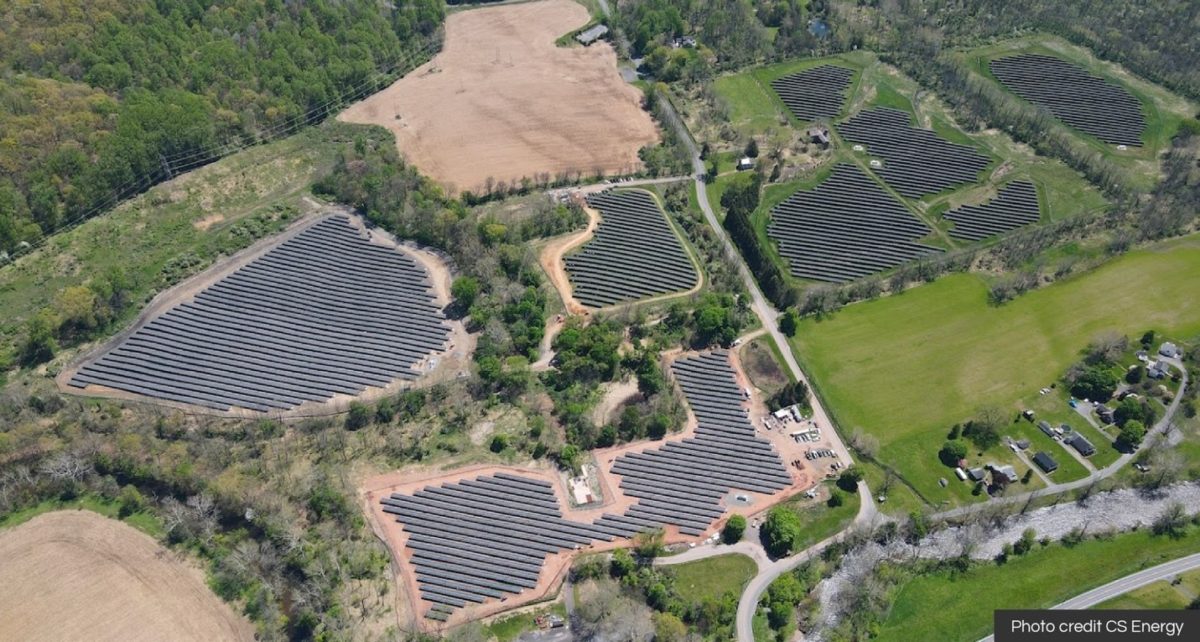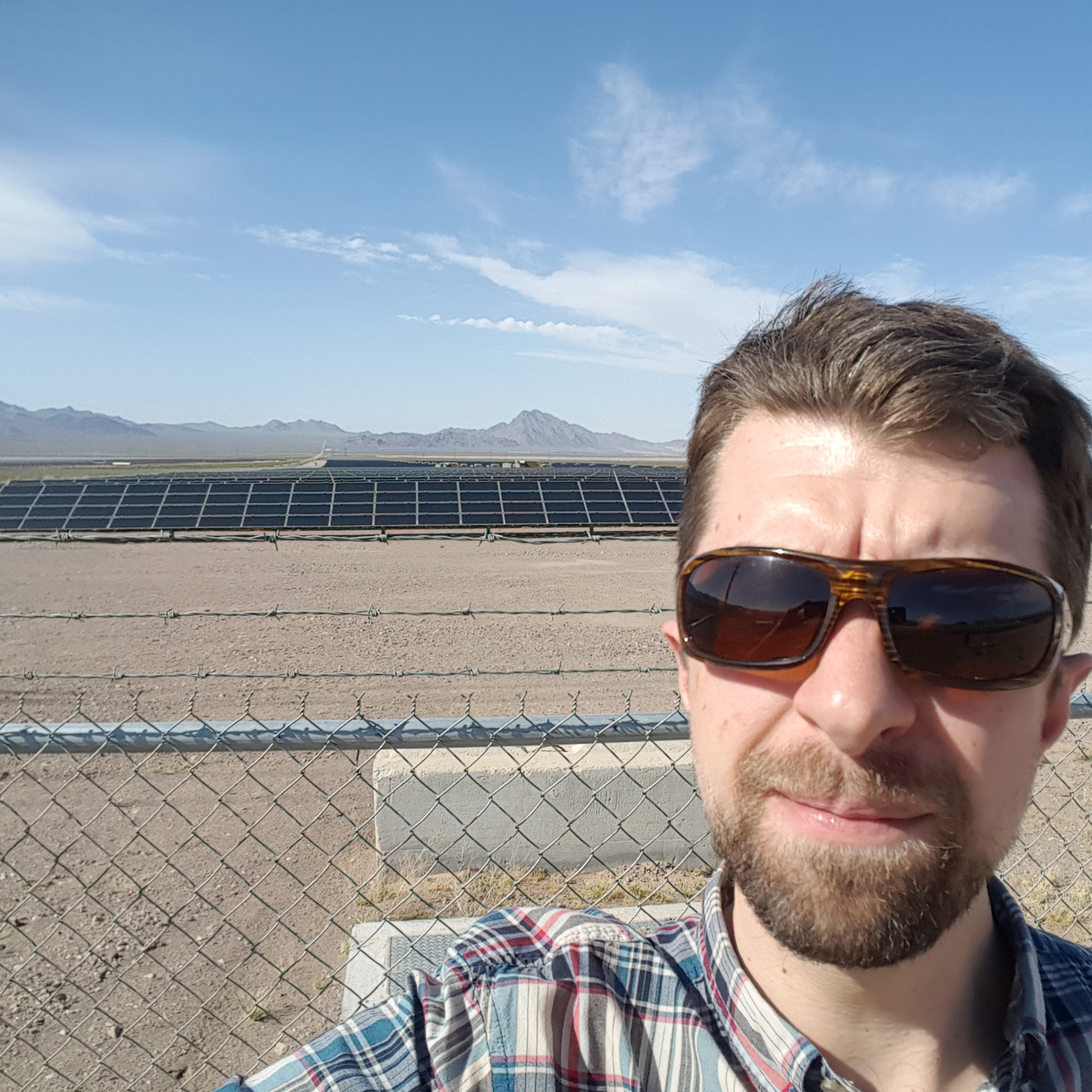CEP Renewables activated a 17 MW brownfield solar project in the Garden State. Located in Holland, N.J., the CEP announced the conversion of the brownfield project earlier this week with contractor CS Energy and project owner NJR Clean Energy Ventures.
The facility uses fixed-tilt axis solar arrays and was built in two phases on the site of a decommissioned industrial paper mill complex.
NJR Clean Energy acquired the Holland project in 2021 from CEP Renewables, and currently owns 63 commercial solar projects throughout New Jersey, New York, Rhode Island and Connecticut, with a portfolio of more than 430 MW of installed capacity.
“We’re pleased to leverage our extensive experience with redeveloping Superfund and brownfield sites to turn this previously contaminated property into a source of solar energy, jobs and tax revenue,” said Chris Ichter, executive vice president of CEP Renewables. “We were able to efficiently overcome the unique challenges this site posed by working closely with the property owner and the EPC, CS Energy, at every stage of the project.”
“We are committed to building a clean energy future with projects like Holland,” said Robert Pohlman, vice president of NJR Clean Energy Ventures. “By repurposing brownfields and other underutilized spaces to produce clean, renewable energy, CEV is helping to deliver clean energy innovations that drive emission reduction goals and power a more sustainable future.”
The former paper mill complex was abandoned in the 1990s and fell into disrepair, said the project developer. CEP Renewables was sought out by the property owner to redevelop the land. CEP’s team reviewed the environmental history and provided critical review and recommendations before completing remediation work at the site.
By doing remediation on its own, the New Jersey Department of Environmental Protection was able to quickly review and issue a remedial action permit. CEP’s team enhanced the existing engineering controls to be compatible for solar project development, said the developer.
CEP Renewables and CS Energy also overcame several challenges, including the permitting and construction of a second phase of the project overlapping with the first. Additionally, the project had to be built around a historic farmhouse and powerhouse located on a portion of the property.
In December, CEP Renewables and its partners announced the completion of what is the largest recorded North American brownfield solar project, at 25.6 MW in Mount Olive, N.J. Located at the former Combe Fille North Landfill Superfund site, the large brownfield solar project will provide the township of Mount Olive with close to $2.3 million in past tax revenues while creating a future revenue-generating renewable energy asset.
With 10,000 closed landfill sites in the U.S., there has been an 80% increase in the number of landfill solar project developments at brownfield sites in recent years, according to the EPA.
According to New Jersey’s Environmental Protection website, the capped Mount Olive landfill is a 65-acre brownfield site that ceased accepting waste in 1981.
The project was developed by CEP Renewables and CS Energy. Lindsay Precast supplied steel skids for the project and Terrasmart supplied its Glide fixed-tilt, ballasted mounted rack systems. NJR Clean Energy Ventures, a subsidiary of investor-owned utility New Jersey Resources, will own and operate the solar facility under a long-term agreement.
Under New Jersey’s 2019 Energy Master Plan, the Garden State outlined a goal of producing 100% renewable energy assets by 2050 with a goal of reducing greenhouse gas emissions by 80% from 2006 levels. The state identified 30 prospective and development-stage brownfield landfill solar sites at the time of the master plan.
CEP Renewables has constructed 158.5 MW of solar projects to date in the U.S., Europe and Asia. The Holland, N.J. project is the company’s third New Jersey landfill solar project after the Mount Olive (26.5 MW) and South Brunswick (13 MW) project, which was installed in mid-2018. CS Energy, an American Securities portfolio company, has installed about 197.1 MW of landfill solar projects to date around the Northeast U.S. out of a 1.5 GW operational solar portfolio.
Landfill solar
Rocky Mountain Institute (RMI) developed a comprehensive report, “The Future of Landfills is Bright,” designed for elected officials, policymakers, planners, and developers, to learn how landfill solar can be part of a broader clean energy and land-use strategy to achieve ambitious community-wide climate, sustainability, and environmental justice goals.
RMI said there are more than 10,000 closed and inactive landfills across the country. It said more than 63 GW of solar power plant capacity could be located at less than half of US landfills, generating 83 terawatt hours of electricity each year across all 50 states. The plants also could generate more than $6.6 billion annually in electricity revenue.
According to the U.S. Environmental Protection Agency, around 428 MW of utility-scale landfill solar across 126 projects had been installed at the end of 2019. Notably, Connecticut, Massachusetts, New Jersey, and New York are home to 73% of all US utility-scale landfill solar projects.
This content is protected by copyright and may not be reused. If you want to cooperate with us and would like to reuse some of our content, please contact: editors@pv-magazine.com.









By submitting this form you agree to pv magazine using your data for the purposes of publishing your comment.
Your personal data will only be disclosed or otherwise transmitted to third parties for the purposes of spam filtering or if this is necessary for technical maintenance of the website. Any other transfer to third parties will not take place unless this is justified on the basis of applicable data protection regulations or if pv magazine is legally obliged to do so.
You may revoke this consent at any time with effect for the future, in which case your personal data will be deleted immediately. Otherwise, your data will be deleted if pv magazine has processed your request or the purpose of data storage is fulfilled.
Further information on data privacy can be found in our Data Protection Policy.